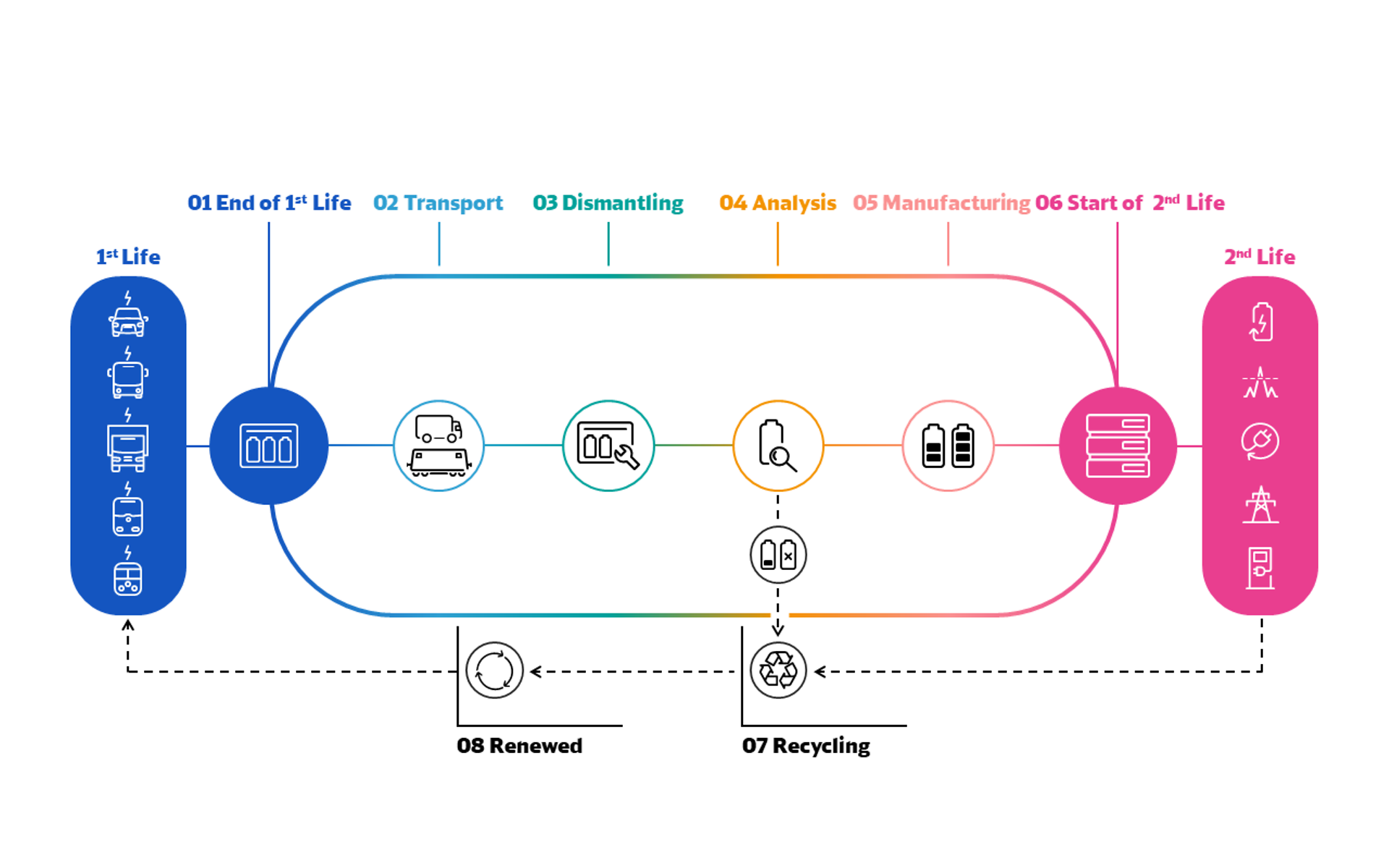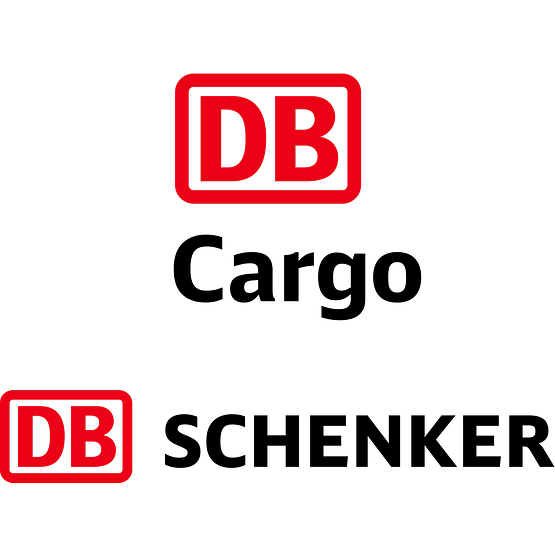Parallax C2A Lastganganalyse en
Old battery. New energy storage system. encore.
encore [ˈɑ:nkɔ:r] from English: "encore, bonus", from French: "once again“
Lithium-ion batteries are considered a key technology in electric mobility, yet they lose storage capacity over the course of their lifetime. After eight to ten years, the battery's performance drops to below 80 per cent and is therefore often replaced.
We take used batteries from manufacturers and authorised dealers of e-vehicles across Europe and use them to produce modular second life battery energy storage systems. Batteries whose performance is no longer sufficient for a second life are sorted out and passed on for professional recycling.
The second life of a battery not only improves the CO2e footprint of electric mobility, but it also supports the decarbonisation of energy by providing sustainable battery energy storage systems, which are particularly needed in times of volatile renewable energy. This very idea was the starting point of our journey at Deutsche Bahn (DB) in 2019. As Germany's largest logistics and mobility service provider, DB is on one hand increasingly relying on batteries as an alternative propulsion technology in its own vehicles (trains, trucks, passenger cars), and on the other hand is upgrading its own infrastructure to incorporate more renewable energies to achieve climate neutrality by 2038, which are ideally complemented by second life battery energy storage systems.
What we do
01 Manufacturers of electric vehicles replace the battery after approx. 8-10 years. The battery packs are picked up directly from the workshop.
02 The battery pack is transported by road or rail via the Deutsche Bahn logistics network to second life processing.
03 The battery pack is dismantled into individual battery modules and the remaining raw materials are recycled or reused.
04 The battery modules are subjected to a safety and quality analysis. They are also analysed for their remaining capacity.
05 Battery modules with sufficient remaining capacity are reused to produce encore second life battery energy storage systems.
06 In their second life, the battery energy storage systems can be used, for example, for storing PV energy, peak shaving, an uninterruptible power supply, stabilising grids, and/or buffering electric vehicle charging points.
07 Battery modules that are unsuitable for a second life are sent to be professionally recycled.
08 The recovered materials are used for the production of new battery cells.

Zitat
It's more urgent than ever for us to save power. Our new second life battery energy storage systems offer a solution that is also sustainable. And that makes it an attractive option for any industry.
Safe. Sustainable. Profitable.
Every battery module that is installed in our second life battery energy storage systems is subjected to intensive testing. In this way, we ensure that only battery modules that meet the highest standards of safety, quality and performance are used.
By using raw materials that are already in circulation, our second life battery energy storage systems are more sustainable than battery energy storages with new battery modules. By using second life battery energy storage systems, we can save 6 tons of CO2 emissions in the production of a 65-kWh battery storage in direct comparison with new battery energy storage systems.
Our second life battery energy storage systems are more financially economical when compared to battery energy storage systems made with new battery modules - an important advantage for our customers. The modular design also offers a high degree of flexibility for different application possibilities and sizes in the profession. This means that the energy storage systems can be individually adapted to the respective needs and can also be expanded later.























